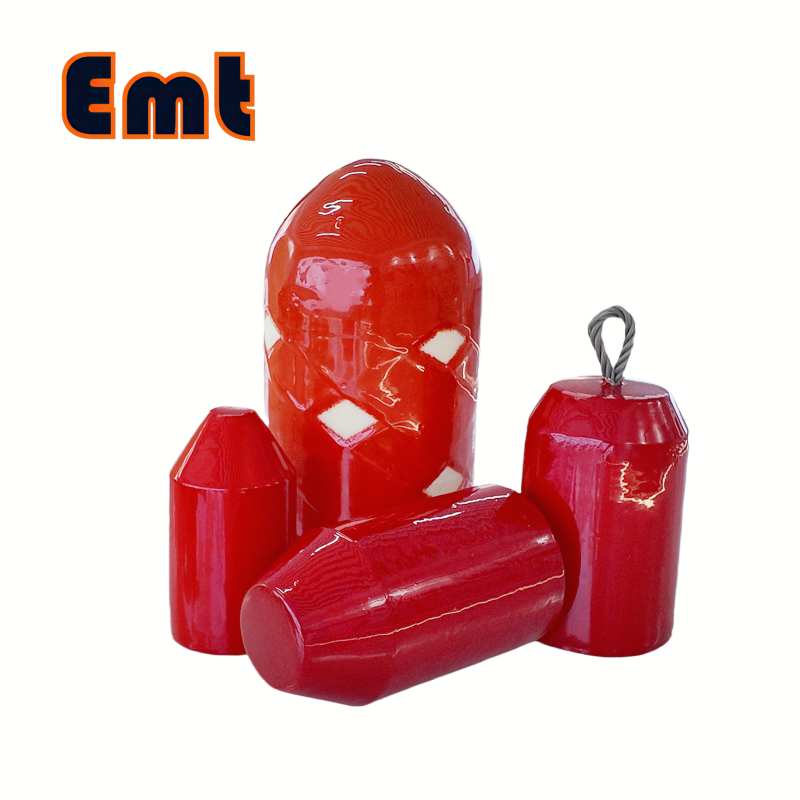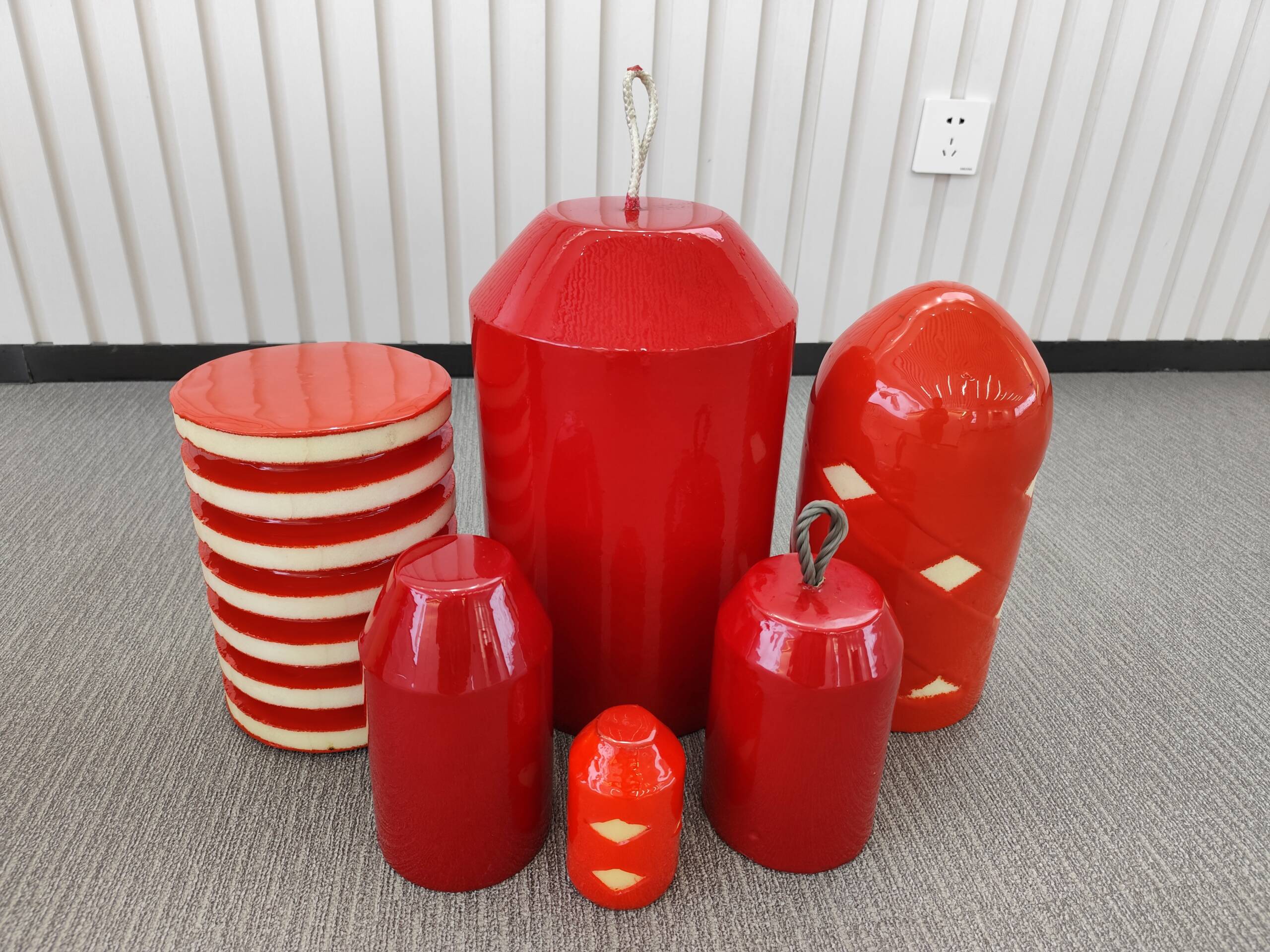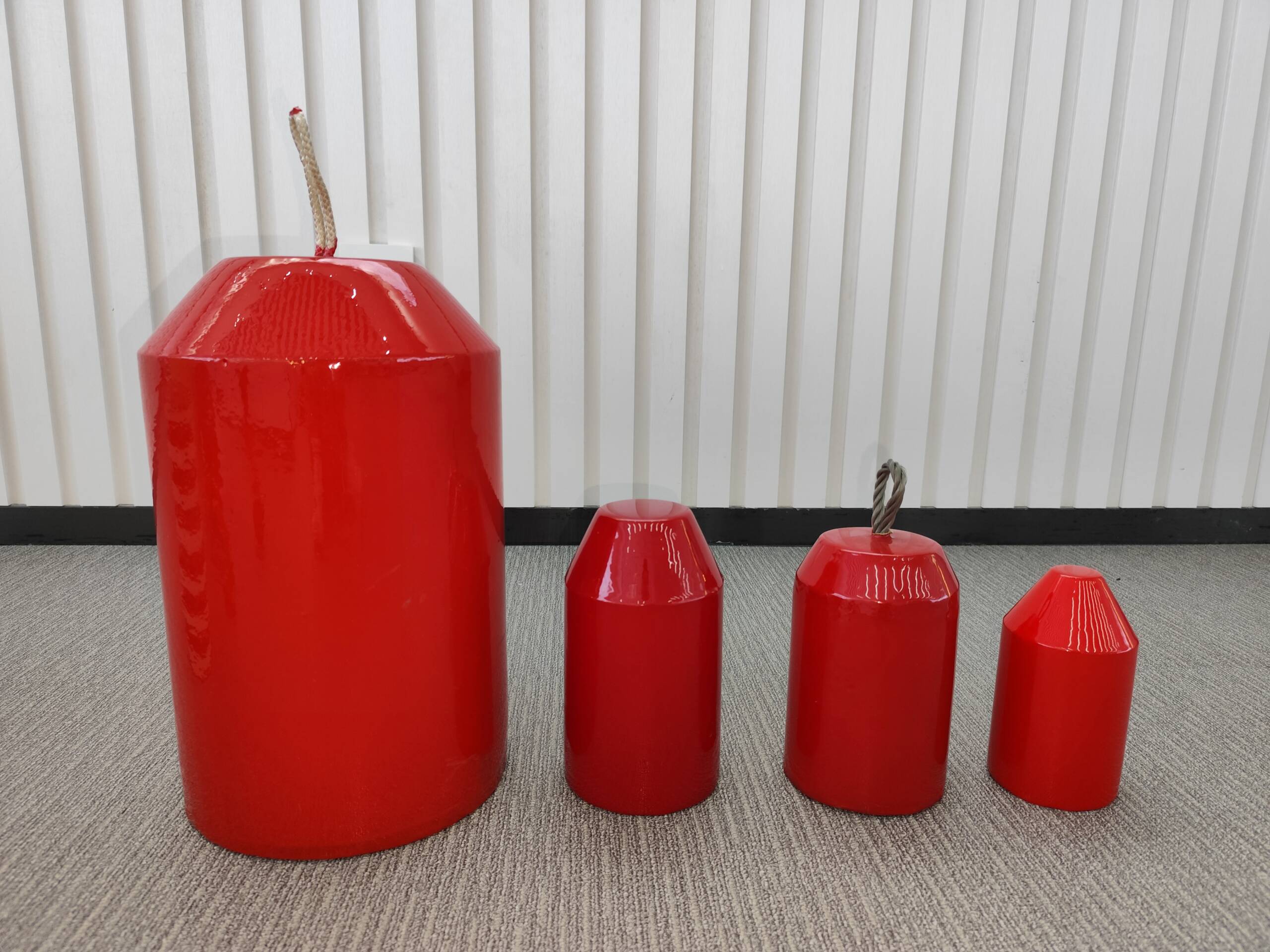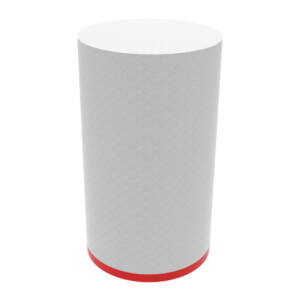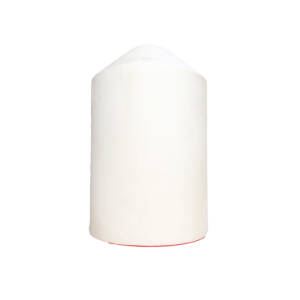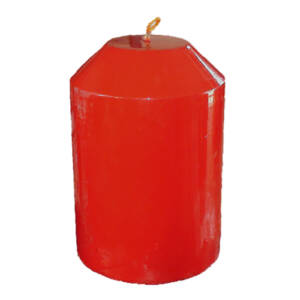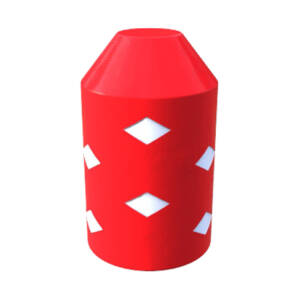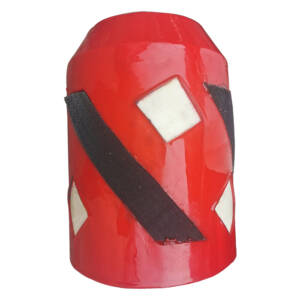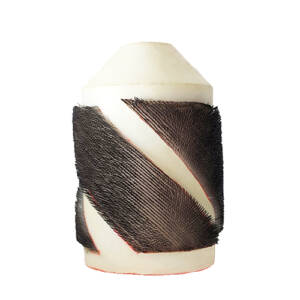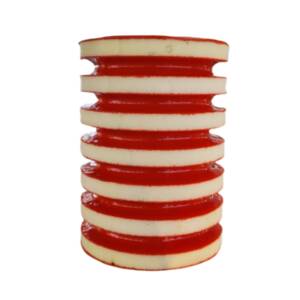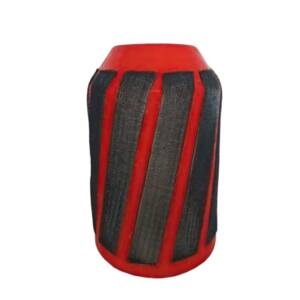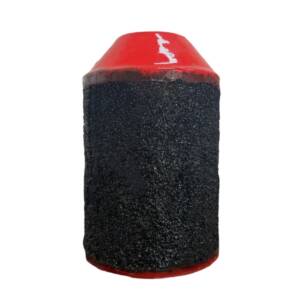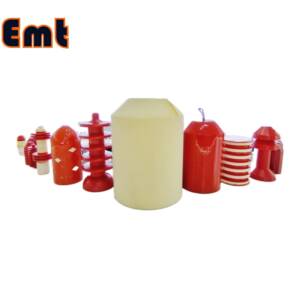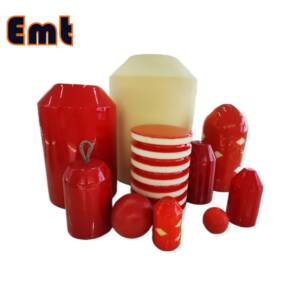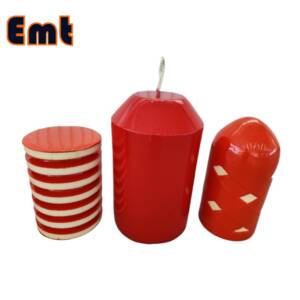Description
Foam Pig Pipeline are essential tools in pipeline maintenance, designed for a variety of applications including liquid removal, drying, sweeping, and general cleaning. They come in several styles, including bare foam pigs, brush foam pigs, polyurethane foam pigs, brush polyurethane foam pigs, and criss-cross foam pigs. Each type is tailored for specific cleaning tasks, enhancing their effectiveness in maintaining pipeline integrity.
The ends of Foam Pig Pipeline are painted with polyurethane, providing durability and a shrink range of 3-5%. EMT manufactures foam pigs in three densities to accommodate diverse operational needs:
- Low Density: 35 kg/m³
- Medium Density: 90 to 120 kg/m³
- High Density: 120 to 150 kg/m³
These foam pigs are particularly popular due to their cost-effectiveness and versatility, making them a preferred choice for cleaning applications across various industries.
1. Features and Specifications
Foam pigs are constructed from molded polyurethane foam, available in three density categories:
- Light Density: 0.02-0.03 g/cm³
- Medium Density: 0.08-0.12 g/cm³
- Heavy Density: 0.13-0.16 g/cm³
Key features of Foam Pig Pipeline include high wear resistance, excellent cleaning performance, and low cost, making them an ideal solution for maintaining pipeline systems.
2. Advantages
Foam pigs offer a range of advantages that make them essential tools for pipeline maintenance. Here’s an expanded look at their key benefits:
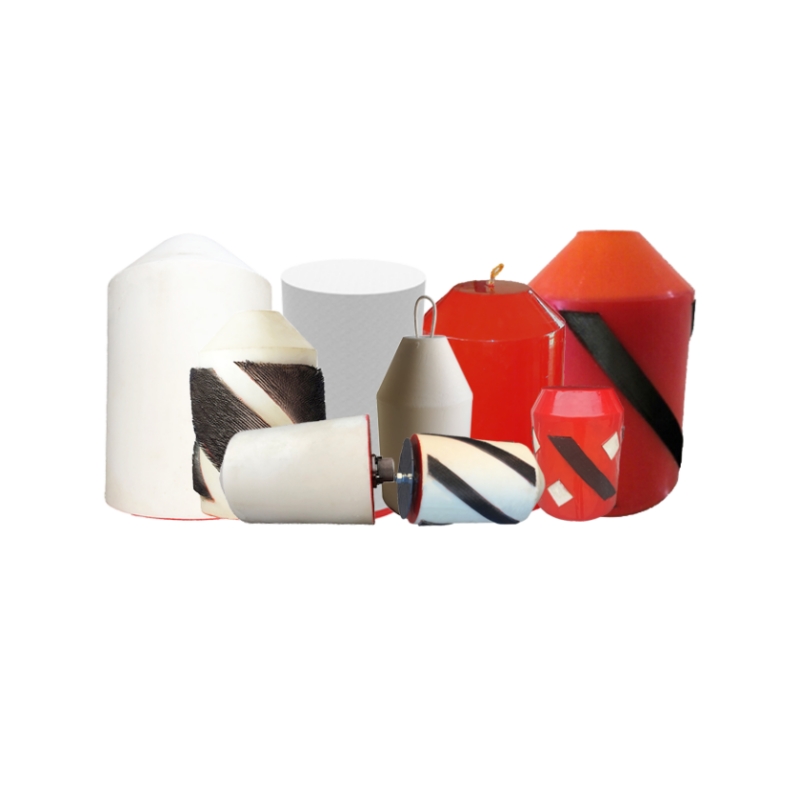
1) Lightweight and Flexible
- Ease of Handling: The lightweight design of foam pigs allows operators to easily deploy and retrieve them from pipelines without the need for heavy lifting equipment. This ease of use reduces labor costs and minimizes the risk of injury during handling.
- Maneuverability: Their flexible structure enables foam pigs to navigate complex pipeline configurations, including bends and turns. This agility ensures that cleaning processes are thorough, reaching areas that may be difficult for other cleaning methods to access.
- Reduced Downtime: The combination of lightweight and flexible design allows for quicker deployment and retrieval, significantly reducing downtime during maintenance operations. This efficiency is crucial for maintaining continuous operations in industries reliant on fluid transport.
2) Superior Cleaning Efficiency
- Effective Debris Removal: Foam pigs are specifically designed to remove a wide range of contaminants, including liquids, sludge, and solid debris. Their unique foam structure allows for optimal contact with the pipe walls, ensuring thorough cleaning.
- Improved System Performance: By keeping pipelines free of blockages and buildup, foam pigs help maintain optimal flow rates and reduce friction losses. This performance enhancement is vital for operational reliability, particularly in high-demand environments.
- Adaptability to Various Conditions: Foam pigs can be tailored to meet the specific cleaning needs of different pipelines, whether they are transporting oil, gas, or water. This adaptability makes them suitable for a wide range of industrial applications.
3) Accurate Location Tracking
- Precision Monitoring: The design of foam pigs allows for accurate tracking within the pipeline, enabling operators to monitor their movement throughout the cleaning process. This precision ensures that the pig has effectively completed its cleaning cycle.
- Real-Time Feedback: Many foam pigs can be equipped with tracking devices that provide real-time data on their location. This capability allows maintenance teams to make informed decisions and interventions as needed, enhancing operational efficiency.
- Enhanced Maintenance Planning: Accurate tracking facilitates better scheduling and planning for maintenance activities, allowing operators to assess the need for additional cleaning or inspections based on real-time data.
4) Enhanced Drying Capacity
- Superior Water Absorption: Light density foam pigs excel in absorbing moisture compared to high-density variants. This characteristic makes them particularly effective for drying applications, allowing for quicker removal of residual water from pipelines.
- Prevention of Contamination: By effectively removing moisture, foam pigs help prevent contamination issues that can arise from stagnant water in pipelines. This is crucial for maintaining the quality of the fluids being transported.
- Reduced Cleaning Frequency: The enhanced drying capacity of light density foam pigs can lead to less frequent cleaning requirements, resulting in lower maintenance costs and improved operational efficiency over time.
3. Application of Foam Pig Pipeline
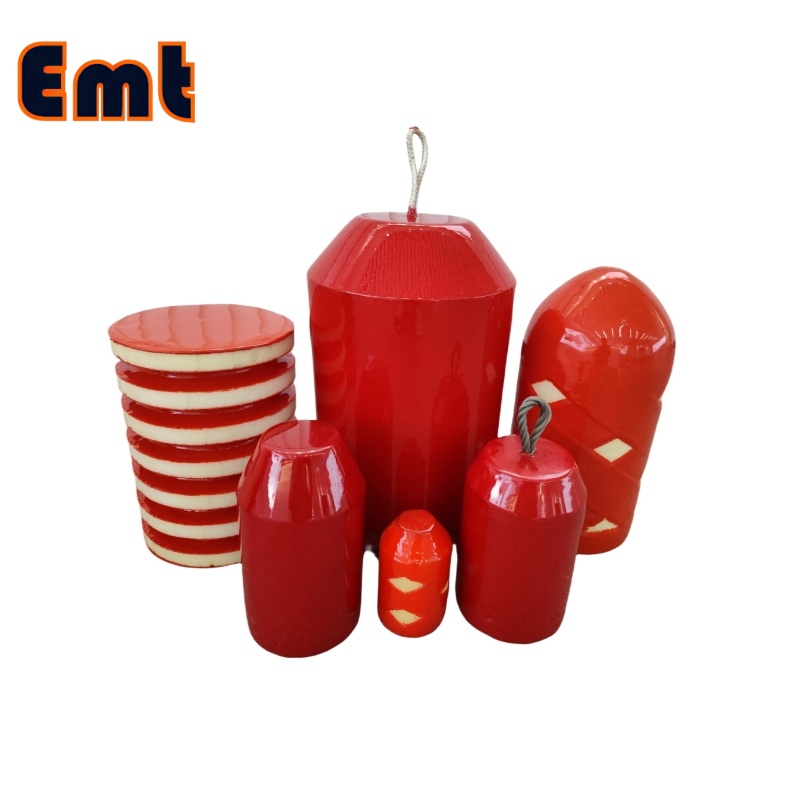
Foam pigs are indispensable tools in pipeline maintenance, serving a variety of critical functions that enhance operational efficiency and prolong the lifespan of pipeline systems. Here’s a detailed look at their key applications:
1) Liquid Removal
Foam pigs are designed to efficiently extract residual liquids from pipelines, which is essential for maintaining uninterrupted flow. This process is particularly important in situations where pipelines may be temporarily shut down for maintenance or repairs. By removing leftover liquids, foam pigs help:
- Prevent Blockages: Residual liquids can lead to blockages that disrupt flow and cause costly downtime. Foam pigs mitigate this risk by ensuring that pipelines are clear.
- Ensure Smooth Operation: With the removal of unwanted liquids, pipelines can operate more smoothly, enhancing overall system reliability and performance.
2) Drying
One of the standout features of light density foam pigs is their ability to absorb moisture effectively. This capability is crucial for drying pipelines, especially after cleaning or maintenance activities. So the benefits of using foam pigs for drying include:
- Prevention of Contamination: Stagnant water can lead to contamination issues, affecting the quality of the transported fluids. By efficiently removing moisture, foam pigs help maintain the integrity of the pipeline contents.
- Corrosion Mitigation: Moisture can contribute to the corrosion of pipeline materials. Drying out the system with foam pigs helps extend the lifespan of the infrastructure.
3) Sweeping and Cleaning
Foam pigs are widely used for sweeping and cleaning the interior surfaces of pipelines. Then their design allows them to effectively remove:
- Debris and Sludge: Over time, pipelines can accumulate debris and sludge, which can impede flow and lead to inefficiencies. Foam pigs facilitate thorough cleaning to keep the pipeline surfaces smooth and unobstructed.
- Contaminants: By eliminating various contaminants, foam pigs help ensure that the fluids being transported remain pure, thus safeguarding product quality.
- Flow Efficiency: Regular cleaning with foam pigs helps maintain optimal flow rates, also reducing friction and energy costs associated with fluid transport.
4) Versatile Industry Use
- Oil and Gas. In this sector, foam pigs are crucial for maintaining the integrity of pipelines transporting hydrocarbons, also helping to prevent leaks and operational failures.
- Water Treatment. Foam pigs play a role in cleaning water distribution systems, ensuring that potable water remains free from contaminants.
- Chemical Processing. In chemical plants, foam pigs work to maintain the cleanliness of pipelines that transport various chemicals, then preventing cross-contamination and ensuring safety.
- Adaptation to Different Configurations. Foam pigs can be customized to fit various pipeline sizes and configurations, also making them suitable for a wide range of cleaning and maintenance tasks.


